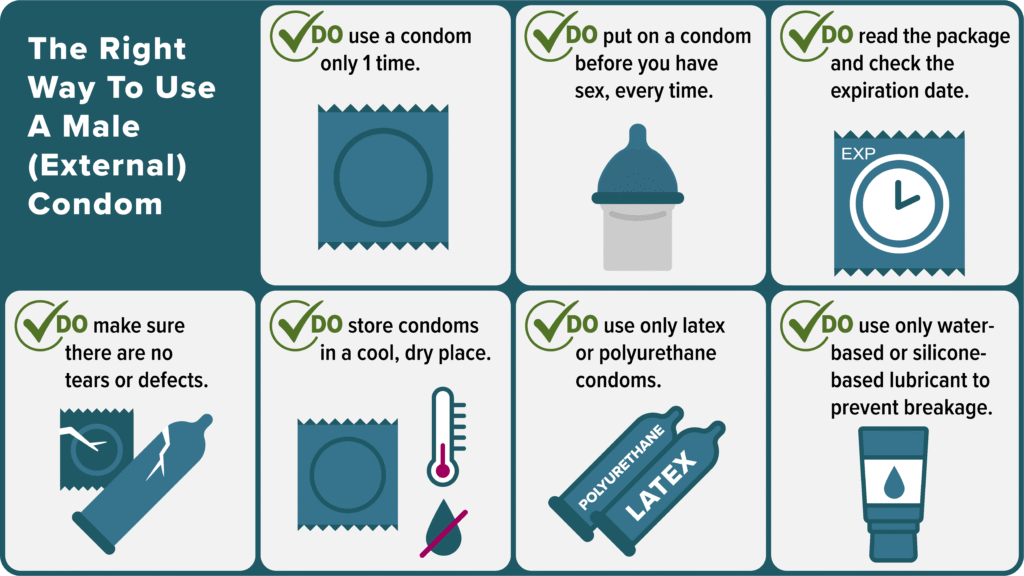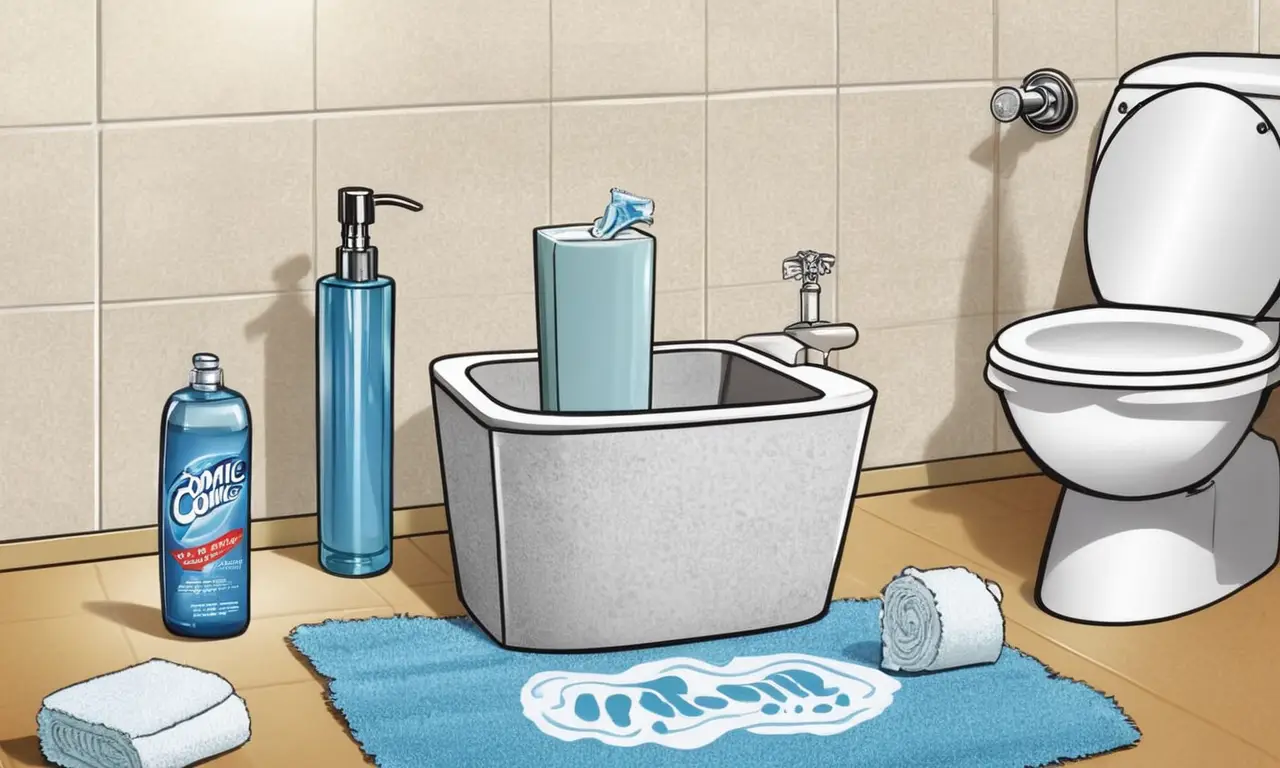
Solo sexual activity is a normal and healthy part of life. It allows for self-exploration, pleasure, and stress relief. However, it’s important to prioritize safety and hygiene during any sexual activity, including masturbation. Using a condom during solo sex offers several benefits, ensuring both your physical well-being and peace of mind. This comprehensive guide will walk you through the steps of safely and hygienically incorporating condoms into your solo sexual routine.
This article will delve into the advantages of using condoms during solo sex, provide detailed instructions on proper application techniques, explore different types of condoms available, emphasize the importance of hygiene practices, and address frequently asked questions about condoms and solo sexual activity. By following these guidelines, you can enjoy a safe, pleasurable, and hygienic solo sex experience.
Benefits of Condom Use During Solo Sex
While often associated with partnered sexual activity, condoms offer significant benefits for those engaging in solo sex as well.
Firstly, condoms act as a barrier against sexually transmitted infections (STIs). Even when engaging in solo sex, there’s a risk of contracting STIs through skin-to-skin contact or exposure to bodily fluids. Condoms effectively prevent the transmission of these infections by creating a physical barrier between your body and potential pathogens.
Secondly, condoms can help reduce the risk of unwanted pregnancies. While solo sex doesn’t inherently involve pregnancy risks, using a condom provides an extra layer of protection against accidental conception if you engage in any activities that could lead to sperm entering your vagina.
Finally, some individuals find that using a condom during solo sex enhances their experience by providing a sense of security and control. The barrier can create a feeling of heightened sensation and reduce anxiety about potential risks or consequences.
How to Properly Apply a Condom for Masturbation

Applying a condom correctly is crucial for ensuring its effectiveness in preventing STIs and unwanted pregnancies.
Start with clean hands: Wash your hands thoroughly with soap and water before handling a condom. This helps remove any dirt, oils, or bacteria that could compromise the condom’s integrity.
Inspect the condom: Carefully examine the condom for any tears, punctures, or damage before use. If you notice any imperfections, discard it immediately and choose a new one.
Unroll the condom: Gently unroll the condom onto your erect penis, ensuring that there are no air bubbles trapped inside. Leave a small amount of space at the tip of the condom to collect semen.
Secure the base: Once the condom is in place, hold the base firmly against your penis and roll it down completely. Make sure the entire shaft of your penis is covered by the condom.
After use: After ejaculation, hold the base of the condom securely to prevent any leakage. Carefully remove the condom and dispose of it properly in a trash receptacle. Avoid flushing condoms down the toilet as they can clog pipes.
Choosing the Right Type of Condom
Condoms come in various materials, sizes, and textures to cater to individual preferences and needs.
Latex: Latex condoms are the most common type and offer excellent protection against STIs and pregnancy. However, some individuals may be allergic to latex, so it’s essential to consider alternatives if you have sensitivities.
Polyurethane: Polyurethane condoms are a good option for those with latex allergies. They provide similar protection to latex condoms but are made from a different material.
Lambskin: Lambskin condoms are thinner and more flexible than latex or polyurethane condoms, offering a more natural feel. However, they do not offer complete protection against STIs as they allow some viruses and bacteria to pass through.
Consider your needs: When choosing a condom, consider factors such as material sensitivity, desired level of sensation, and personal preferences for texture or size.
Maintaining Hygiene During Solo Sexual Activity

Maintaining good hygiene practices is essential for both physical and mental well-being during solo sexual activity.
Wash before and after: Always wash your hands thoroughly with soap and water before and after engaging in any solo sexual activity. This helps remove germs and bacteria that could be transferred to your genitals.
Clean your sex toys: If you use sex toys, clean them regularly with warm soapy water or a toy-specific cleaner. This prevents the buildup of bacteria and reduces the risk of infections.
Keep your genital area clean: Regularly wash your genital area with mild soap and water to maintain cleanliness and prevent irritation. Avoid using harsh soaps or douches as they can disrupt the natural balance of your vaginal flora.
FAQs About Condoms and Solo Sex
Q: Can I use a condom for solo sex if I’m not sexually active with anyone else?
A: Yes, using a condom during solo sex is beneficial even if you are not engaging in partnered sexual activity. It provides protection against STIs and unwanted pregnancies.
Q: How often should I change condoms during solo sex?
A: It’s best to use a new condom for each session of solo sex. This ensures maximum protection and hygiene.
Q: Can I reuse a condom after using it once?
A: No, never reuse a condom. Condoms are designed for single use only and lose their effectiveness and integrity after being used.
Conclusion
Incorporating condoms into your solo sexual routine offers numerous benefits, including protection against STIs, unwanted pregnancies, and enhanced hygiene practices. By following the guidelines outlined in this article, you can enjoy safe, pleasurable, and hygienic solo sex experiences. Remember to choose the right type of condom for your needs, apply it correctly, maintain good hygiene practices, and address any questions or concerns with a healthcare professional.
